Jaipur, the capital of Rajasthan and famously known as “Pink City”, a traveler explores the heritage, culture, and tradition of Jaipur. When you walk around the shops the old architecture, the pink city, and the Jaipuri attire mesmerized you. The city has Forts, Lakes, and represents Rajputana architecture.
If you love to explore Historian Places then plan a trip to Jaipur. In this blog, I am writing only Heritage Sites or you can say the sites that represent our history & culture. You can read more about the tourist places of Jaipur in our Tourist Places – Rajasthan section.
Amber Palace/Fort
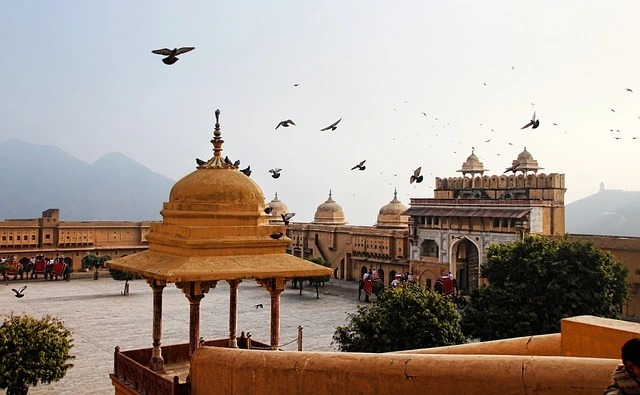
Amber Fort also known as Amer Fort is recognized as UNESCO’s Heritage Site and is located around 11km away from Jaipur. The fort was built by Raja Man Singh I in yellow and red stones and the lush green Aravalli Hills view from the fort is splendid. The fort was later completed by Mirja Raja Jai Singh.
At the entrance of the fort, two poles, ‘Suraj Pole’ and ‘Chand Pole’ are placed opposite to each other. The attraction points of the fort, ‘Diwan-e-aam’, ‘Diwan-e-khaas’, ‘Sheesh Mahal’, and ‘Siladevi Temple’. The stones used at the top of ‘Diwan-e-Khaas’ were brought from Belgium and the interesting part of these stones is, that you can see stars in broad daylight which was wished by one of the Queen of Raja Man Singh I. The vegetable table colours were painted around the fort which gives an immense beautiful look. In Amber Fort, you can explore the Rajputana & Mughal Culture.
If you are coming by your own car, then there is a parking lot. If you are planning to take a walk, then I would advise you to take an elephant ride.
Entry Fee
- For Indian citizens: 102/- per person
- For Foreign citizens: 502/- per person
- The price for the students of India and Foreign nations also differs.
Timings
8:00 a.m. to 7:00 p.m.
Nahargarh Fort
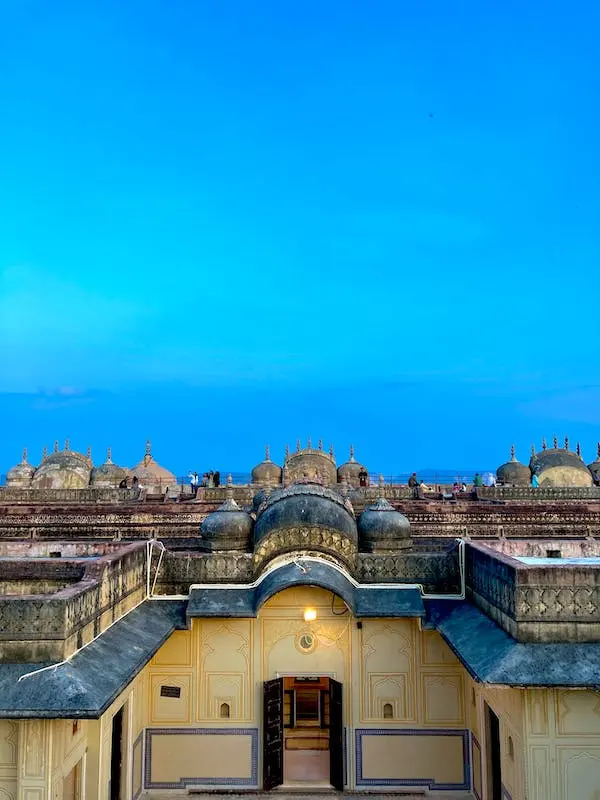
Nahargarh Fort was built by Maharaja Sawai Jai Singh in 1734 as a place retreat. The fort was built for the queens and each queen had their own suite which is linked with the corridors and the king had his own suite at the head. The beautiful part of the Nahargarh Fort is the sunset view, at this point, you can see the panoramic view of the Jaipur City. While reaching the fort you’ll experience the lush green forest of Aravalli Hills, peacocks, and other animals. The king visited Nahargarh Fort while hunting, thus, it’s called the ‘Hunting Residence of Maharaja’.
Entry Fee
- For Indian citizens: 52/- per person.
- For Foreign citizens: 200/- per person.
Timings
10:00 a.m. to 5:30 p.m.
Jaigarh Fort
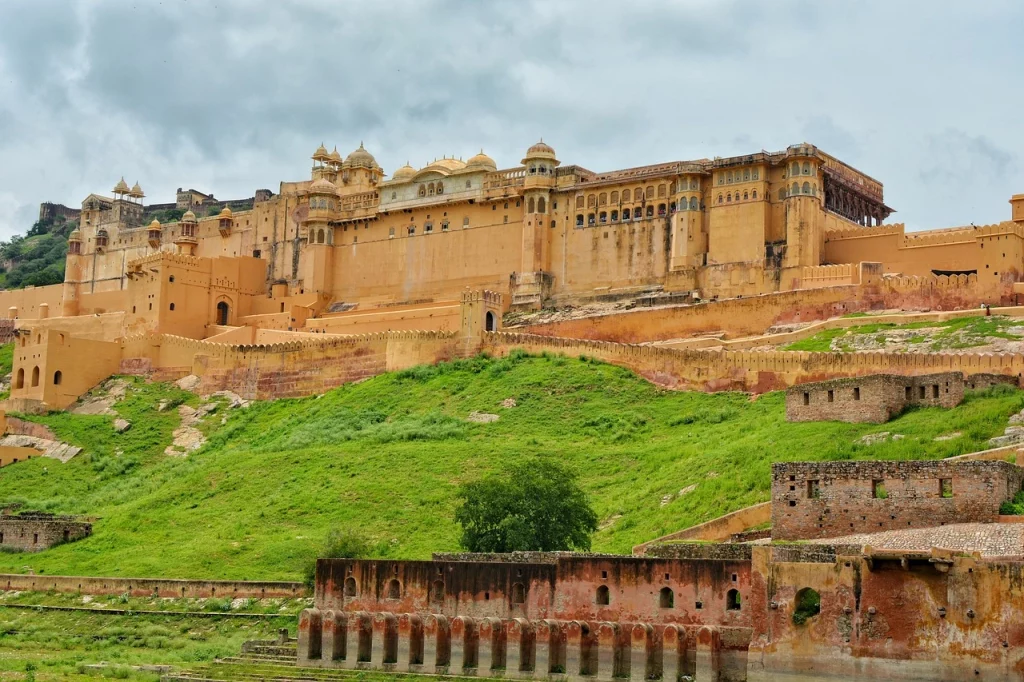
Jaigarh Fort was built by Maharaja Sawai Man Singh II in 1726 and gives a panoramic view of Amer/Amber Fort and the Aravalli Hills. The Jaigarh Fort was built on ‘Cheel Ka Teela’ with the motive of protecting the Amber Fort from the enemies. The stones of the fort are in Red Colour and you can explore the Indo-Persian architecture in this fort.
Travelers visit to sightsee the world’s largest cannon ‘Jaivana Cannon’ which was used only once and now it’s a famous attraction point. You can also explore the antique central watchtower, Shubhat Niwas, Armory, and Water Heritage Walk. The temples of Hindu deities are placed around the fort.
Entry Fee
- For Indian citizens: 70/- per person.
- For Foreign citizens: 150/- per person.
Timings
9:00 a.m. to 5:00 p.m.
Hawa Mahal
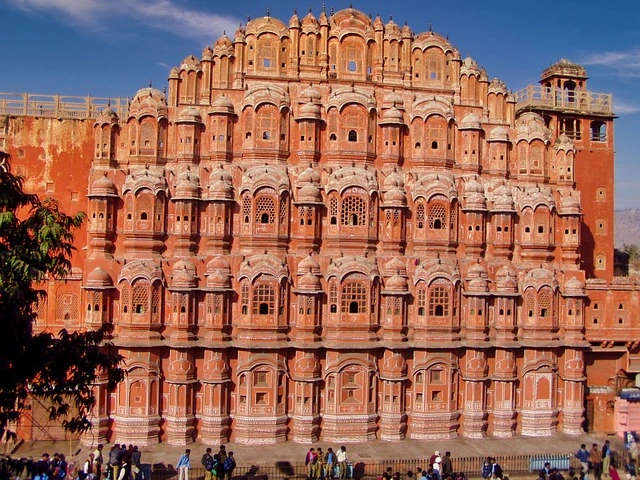
Hawa Mahal was built by Maharaja Sawai Pratap Singh in 1799 in the heart of the city. The colour of Hawa Mahal is painted in pink colour and situated in mid of the market, nowadays it’s a perfect landmark.
The dome shaped Hawa Mahal has 4 floors, 1st floor called ‘Sharad Mandir’ where celebrations were held, the other floors named, ‘Ratan Mandir’, ‘Vichitra Mandir’, ‘Hawa Mandir’ and the top terrace view floor knowned as ‘Prakash Mandir’. You can see lots of windows (‘Jharokas’) where the queen used to see the street activities and the royal celebrations.
If you want to click a perfect photograph, then visit the café in front of Hawa Mahal take a sip of coffee, and click photographs with the perfect view of Hawa Mahal. I would suggest to go for shopping also as you are in the market area.
Entry Fee
Free of cost
Timings
9:00 am to 4:30 am. Closed on Friday and Saturday.
Jal Mahal
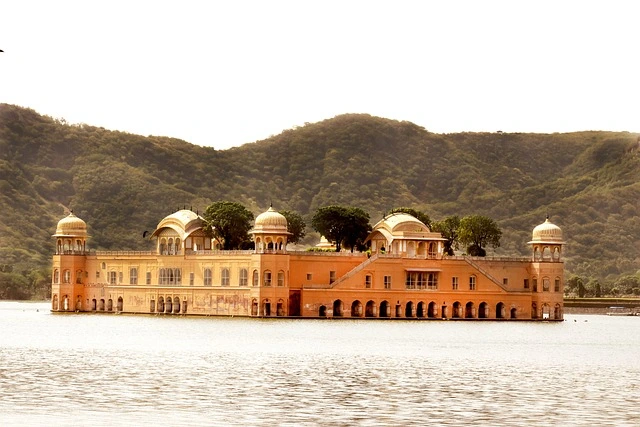
The symmetrical five-story palace was built by Maharaj Madho Singh in 1750 in mid of the Man Sagar Lake. In ancient times, this place was used by Maharaj as a residence while he hunted.
The Jal Mahal is in a revamped process, thus, entry is banned for tourists. Earlier you can do boating, but nowadays boating is also prohibited. On the Lakeside, you can take photographs in the Jaipuri attire, the local shop vendors also click photographs and in a few minutes you can collect the hard copy. The stalls of food, shoes, and dresses were placed, and you can also do shopping as the rates are feasible.
City Palace
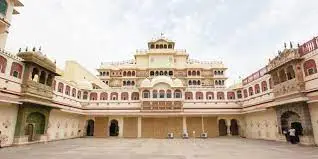
Image Credit: Google
The City Palace was founded by Maharaj Sawai Jai Singh II in Jaipur’s old city. In the city place, you can discover the Maharaja Sawai Man Sigh II & Maharaj Sawai Madho Singn I Museum, Mubarak & Chandra Mahal, Baggi Kahna, and the architecture of Rajput, Mughal, and European.
Entry Fee
- For Indians: 200/-
- For Foreigners: 700/-
- Prices for students and children are different.
Timings
9:30 a.m. to 5:00 p.m.
Jantar Mantar
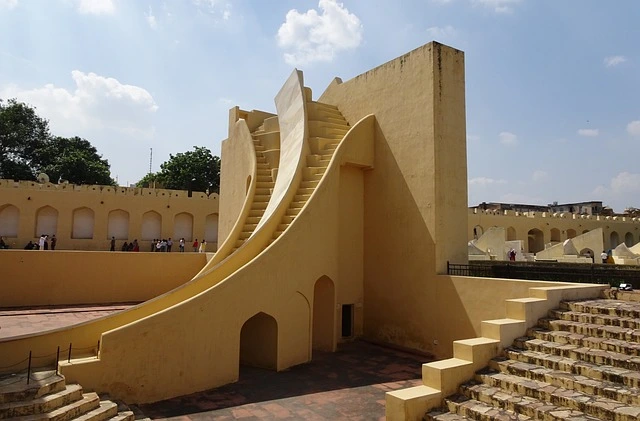
Jantar Mandir, recognized as a UNESCO World Heritage which was built by Maharaj Sawai Jai Singh II in between 1728 to 1734. The astronomical observatory features the world’s largest stone sundial, astronomical instruments to view celestial bodies, architecture, and mathematician calculations to understand the planetary movements are commendable. These instruments forced us to re-think our heritage and the thought process of ancient time kings.
Entry Fee
- For Indians: 50/-
- For Foreigners: 200/-
- Prices for students of Indian and Foreign Nations are different.
Timings
9:00 a.m. to 4:30 p.m.
How to reach Jaipur
- Nearest Airport: Jaipur International Airport & Sanganer Airport
- Nearest Railway Station: Jaipur Junction Railway Station
- By Road: You can book a Volvo bus. If you are from Delhi NCR and have your own vehicle then take the New Delhi Mumbai Expressway.
Final Thought
In this blog, I have mentioned only the Heritage Sites that represent our culture, but Jaipur has many other things that you can experience. In my next blog, I will highlight those must-visit places that you can plan for your Jaipur Trip.
Pack your bag and explore the unexplored places with Hema.

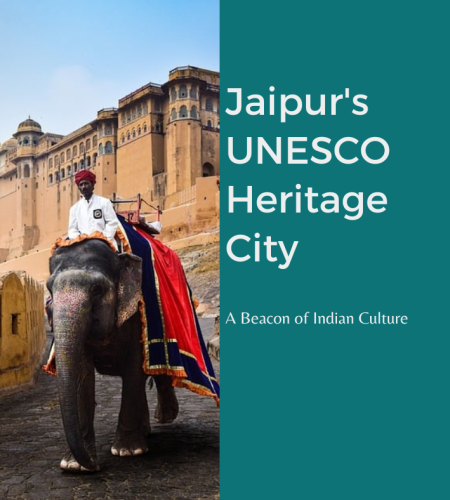
Comments